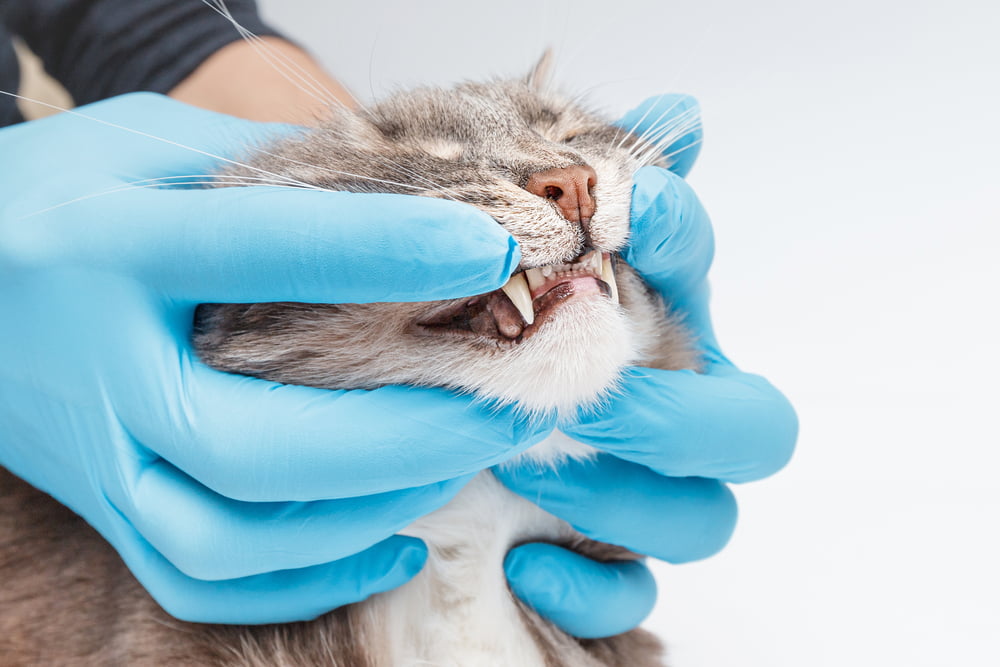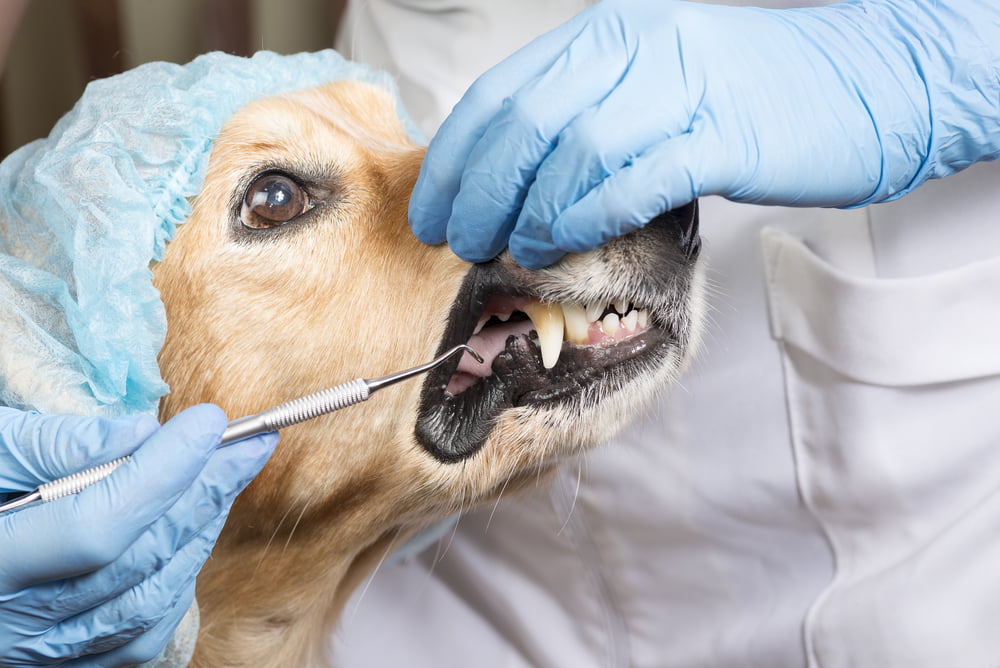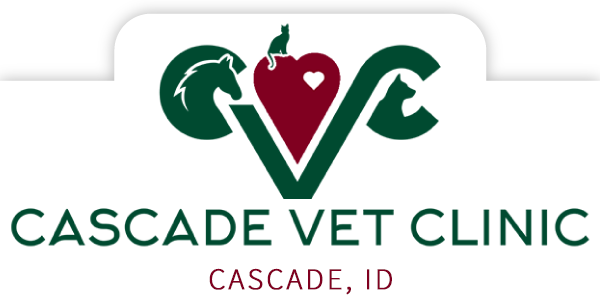Pet owners want to do everything possible to keep their pets safe and healthy. You don’t want them dealing with painful dental problems that impact their quality of life. It would be best if you did as much to care for your pet’s oral well-being as other health issues. Cascade Vet Clinic understands how important it is to take care of dental for dogs and cats. Learn more about maintaining healthy teeth and gums for your pet.
Importance of Dental Care for Dogs and Cats
Veterinary dental services for dogs and cats include cleaning, extracting, and repairing their teeth. You should take your pet to a certified Veterinarian in Cascade to complete these procedures. After a dental exam, your dog or cat might require additional x-rays to assess the health of your dog or cat’s jaw and what’s happening below their gumline.
Regular cleaning of your pet’s teeth prevents the development of cavities that could eat their way into the soft structures below the surface. Most vets recommend having you bring your pet in for dog and cat dental services at least once per year. That lets you get ahead of potential issues before they become a real problem.
You should also take your pet in to see the vet if you notice the following problems:
- Broken or loosened teeth
- Constant bad breath
- Discolored teeth
- Teeth covered in tartar
- Pain in or around your dog or cat’s mouth
- Swelling in your pet’s mouth
- Bleeding gums
- Lack of appetite or your pet not wanting to eat
- Extra teeth present in the mouth
- Baby teeth are not falling out
- Problems chewing
Many pets act out when they are in pain. Dental problems can be excruciating, so you should watch for abnormal irritable behavior. Be careful about sticking your hand into a pet’s mouth to check out an issue because they could bite you.

What Causes Pet Dental Problems?
Luckily, cavities aren’t as prevalent in dogs and cats as in people. Still, they are capable of developing the same dental issues as humans, including
- Periodontal disease
- Broken roots and teeth
- Mouth cysts or tumors
- Broken jaw
- Misaligned teeth or bite
- Palate defects
- Infected teeth
Pets often show evidence of periodontal disease by the time they are three years old. If you don’t take preventive measures while they are young, the problem will only get worse. Early treatment of periodontal disease can keep the issues becoming more severe. Your dog or cat could develop liver, kidney, and heart problems.
Dental problems in pets often start with plaque hardening into tartar on the surface of teeth. It’s easier to remove tartar when it’s above the gumline. However, it can cause severe damage once it gets below the gum line, leading to infection in the bone and tissue of the jaw.
What Happens During a Dental Exam?
A dental examination is the first step in dog and cat dental services to determine if your pet needs a cleaning. The vet goes over the different procedures with you about what will be required from you before the procedure. They may decide to perform additional bloodwork to ensure your pet can undergo anesthesia without complications.
Dental cleanings for pets typically include polishing to eliminate tarter and plaque build-up. After examining your pet’s mouth for any potential issues like pockets of infection or gum bleeding, the dentist decides on the best course of treatment for your dog or cat.
Tooth scaling involves using hand and ultrasonic scalers to remove tartar below and above the gum line. Cleaning below the gums is essential as any build-up will likely result in severe periodontal disease. Once the vet finishes the scaling, he polishes the teeth to remove microscopic scratches and reduce future plaque build-up.
Anesthesia for Pets
Pets often don’t understand what happens when they go for a dental exam. That’s why vets usually administer anesthesia to keep them calm during various procedures. It’s less painful and stressful for your pet to receive anesthesia for dog and cat dental services. Because your pet isn’t moving around, it’s easier for your vet to get clear x-rays without the risk of injuring your dog or cat.
Post-Visit Pet Dental for Dogs and Cats
After finishing the cleaning, your vet will provide you with instructions for caring for your pet’s teeth at home. Owners typically receive instructions on correctly brushing their dog or cat’s teeth and rinsing them properly. It would be best never to use human toothpaste on your pet’s teeth, as the product might contain toxic ingredients for your dog or cat.
Particular pet toothpaste is safe to swallow and comes in flavors that appeal to pets. If your dog or cat likes how the toothpaste tastes, they’re more likely to submit to regular cleaning. Human toothpaste products also contain higher salt levels, which can be a problem for dogs.

Additional Pet Preventative Dental Services
In addition to brushing your dog or cat’s teeth, you can feed them treats designed to control plaque and tartar build-up on your pet’s teeth. Take them in for regular exams and ensure they get a professional cleaning from a vet.
Think about how your teeth would look if you didn’t try to take care of them. Your pet’s oral health should rank high regarding ongoing dental care. Taking the time to look after your dog or cat’s teeth keeps them from ending up with painful health issues that affect their overall health.
Top Quality Dog and Cat Dental Services
At Cascade Vet Clinic, we treat your dog or cat like our own. Our staff works hard to make your pet feel comfortable and safe while in our care. We appreciate the love you have for your furriest family companions.
Schedule an appointment for a pet dental cleaning today at our Cascade, ID office by calling 208-382-4590. Don’t let your dog or cat’s dental problems become a serious issue.

